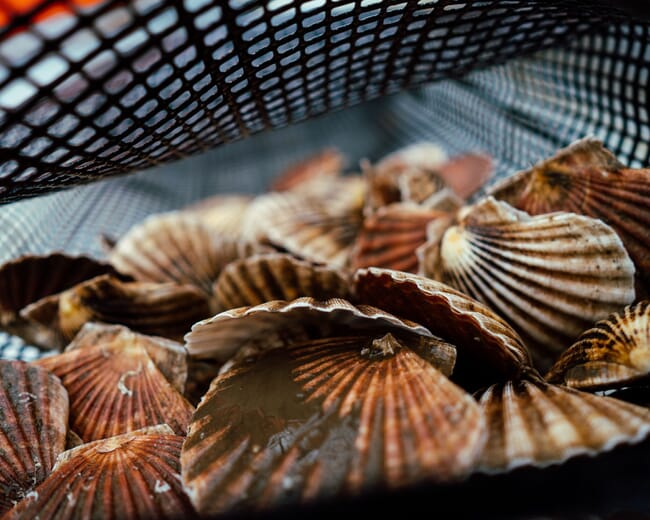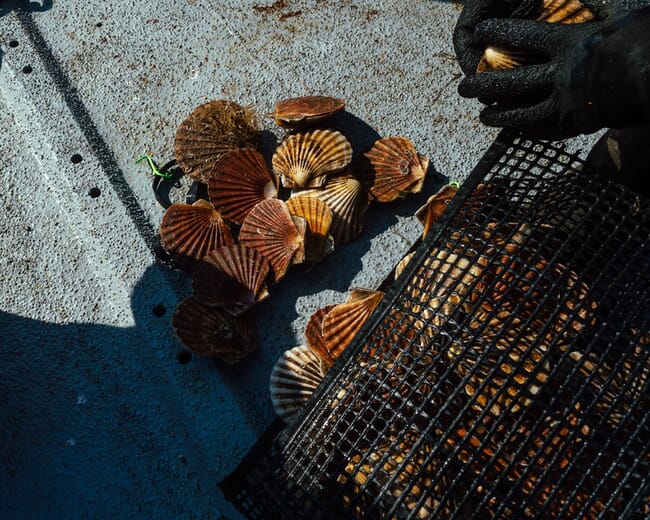
Bivalves like scallops open and close their valves to maintain their basal metabolic state, respond to external stimuli and to protect themselves. © Erik Woolcott, Seagrown
The Yeso scallop (Patinopecten yessoensis) is one of the most economically important marine bivalves that is being farmed on China’s North coast. But despite being an aquaculture mainstay, the industry has suffered multiple scallop mortality events, causing massive economic losses for producers. Multiple factors are contributing to mortality events, but researchers are unable to pinpoint an exact cause – changes to environmental parameters, pathogens and parasites have all been mooted as causes.
Researchers from Qilu University of Technology and the Ocean University of China are studying movements in Yeso scallop shells as a potential health indicator. The scientists are tracking the frequency and speed of shell movements and determining their correlation with overall scallop vitality and as a predictor for mortality.
Traditionally, scallop health has been tracked by physiological indices like growth rate and food capture and overall mortality rates. Researchers have also used molecular indicators like the expression of functional genes and enzyme activity to give a better picture of scallop health. However, these methods can be time consuming and laborious – and they often involve culling the scallops.
The current project is piggybacking off scallops’ natural behaviour to measure their health. Bivalves like scallops open and close their valves to maintain their basal metabolic state. They use the same function to respond to external stimuli and protect themselves. The opening and closing motions are closely linked to vital activities like respiration, feeding, excretion and escape behaviour. Shell movements are also measured and used as a key indicator for scallop resilience in the face of short-term changes in environmental conditions and water quality.
According to the study results, “variables related to maximum velocity of valve movement and scallop thickness dominated the estimate of scallop survival potential.”

The researchers found that shell and valve movement movement could be used as an indicator for circadian rhythm and survival potential. © Erik Woolcott, Seagrown
“Scallops with greater shell width probably have better muscular physiological capacities, including muscle mass, strength and endurance, as well as energy cost advantages, which is beneficial for improving scallop survival performance,” they noted.
They concluded that valve movement plays a key role in scallop vitality and is a potential health indicator. Further research may be able to use shell and valve movement as a predictor for overall survival without needing to cull sampled scallops.
“Our results revealed that leaflet [shell and valve movement] movement can be applied as a vital indicator associated with circadian rhythm and survival potential,” they say.
They also highlight that bivalves maintain their basal metabolic state and their response to external stimuli by moving their valves, which underlies aspects of scallop adaptation to differences in food availability and predation risk.
“Further analysis of bivalve valve behaviour will help gain a deeper understanding of bivalve survival and provide a basis for exploring indicators important to the bivalve aquaculture industry,” they conclude.




